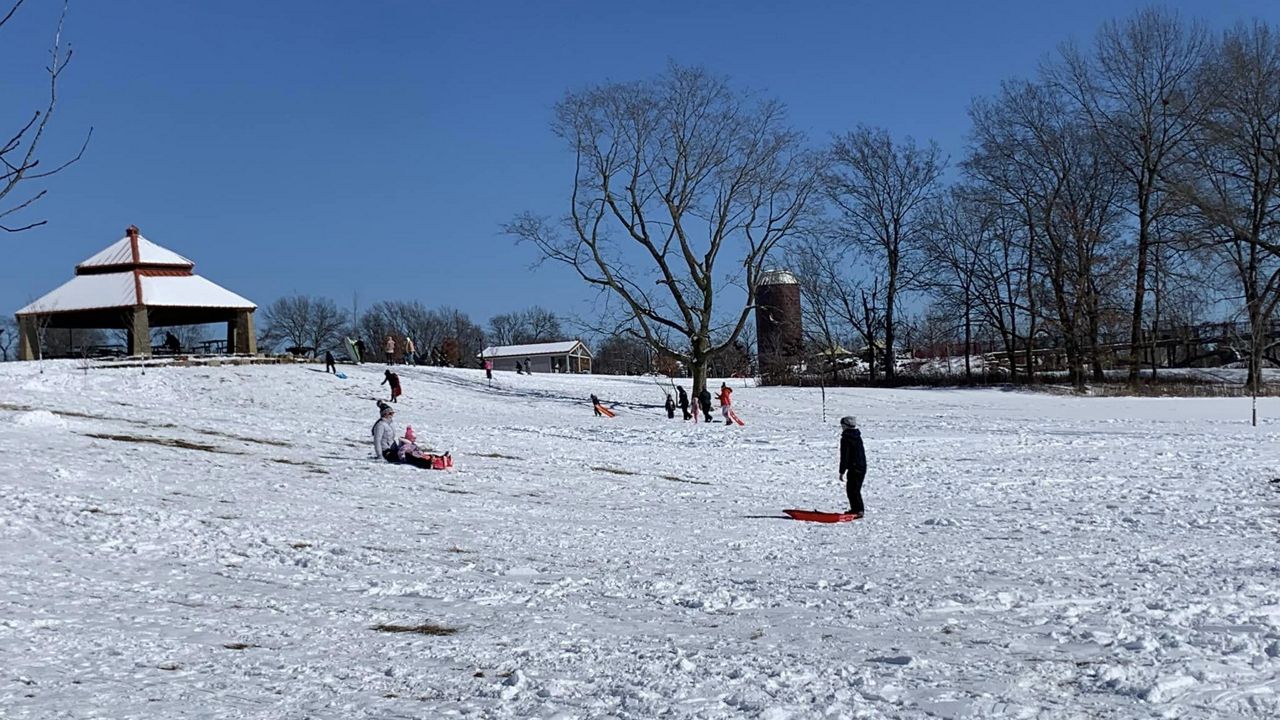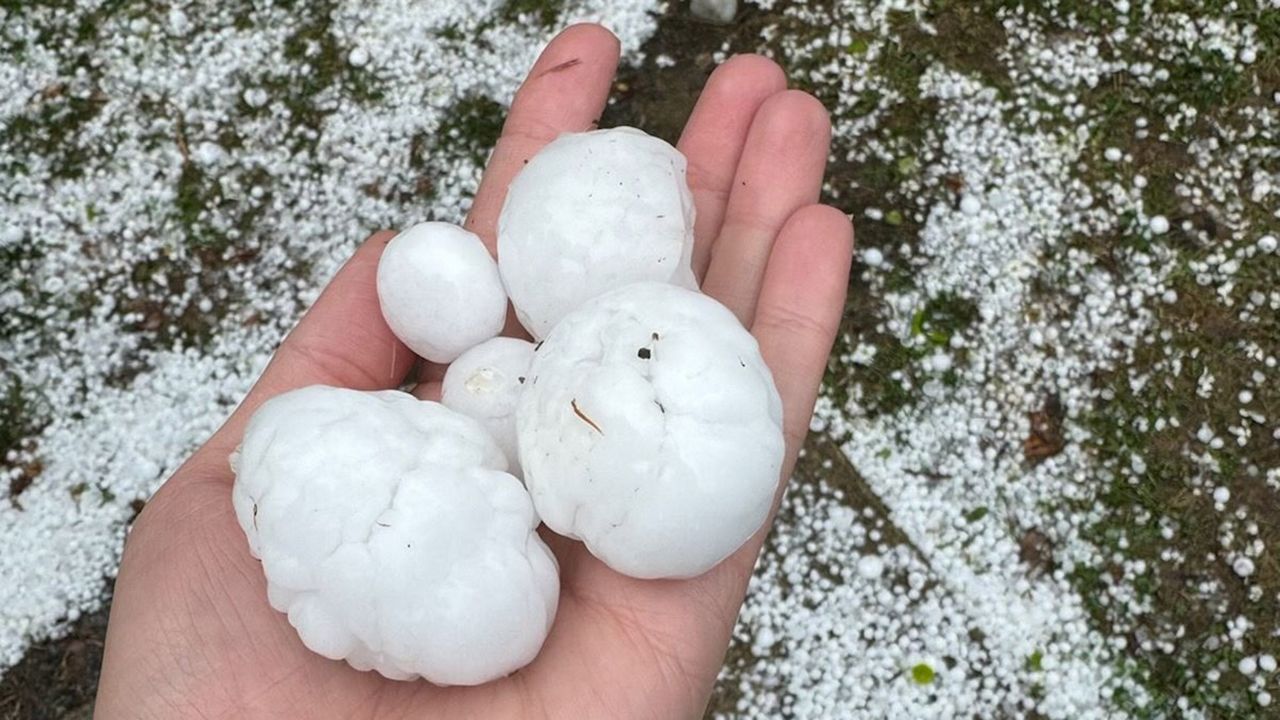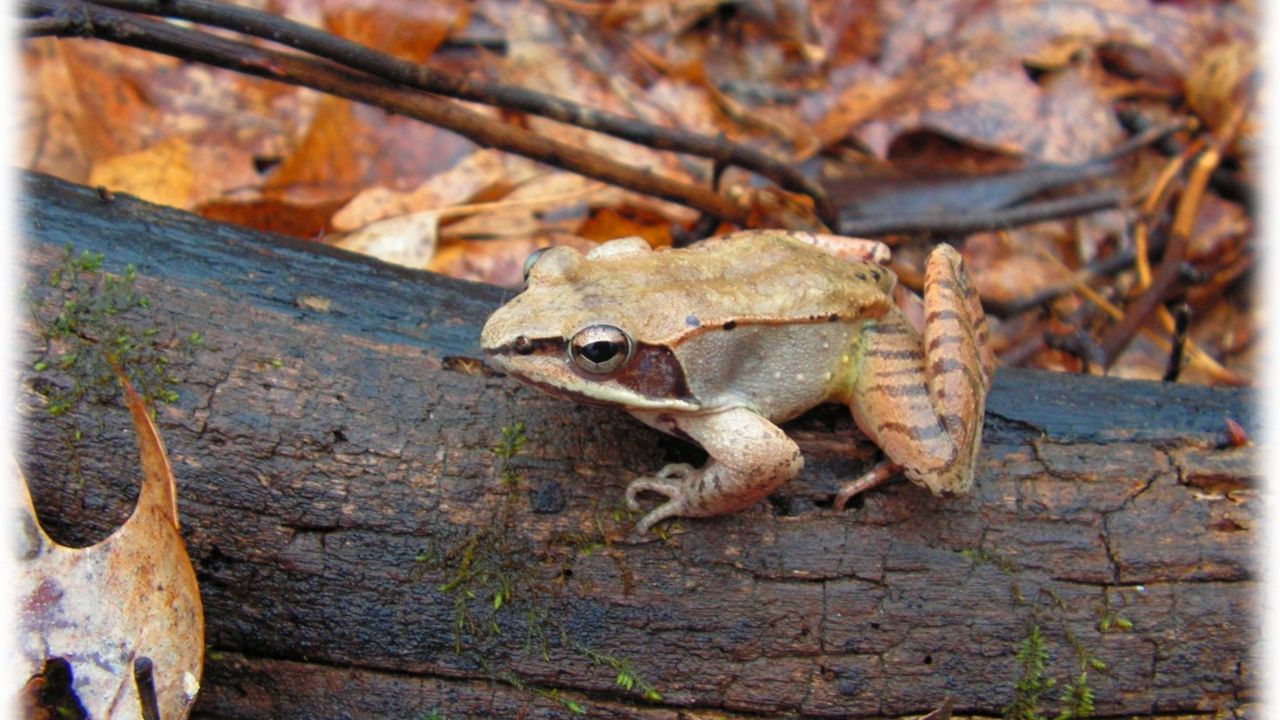BELLEVILLE, Il — Known for a variety of apples, southern Illinois’ climate provides the growing conditions for all of your apple baking delights.
To get that ideal apple, mother nature has to cooperate and 2022 saw anything but “normal” conditions. From dryness in early summer to wetness mid-summer to heat at the end of summer, growing anything on the farm takes work.
Tom Range and his wife, Pat, are 6th generation owners and operators of Braeutigam Orchards in Belleville, IL. Apples are part of his language and amongst their 1500 apple trees, it is a labor of love.
“Apples are a foundation fruit for our farm. We start picking end of June and go through the end of October.” And as I found out on a sunny and cool day in early October, it’s best to come picking earlier in the season.
All that was left on the golden delicious and fuji trees were just a few apples at the top.
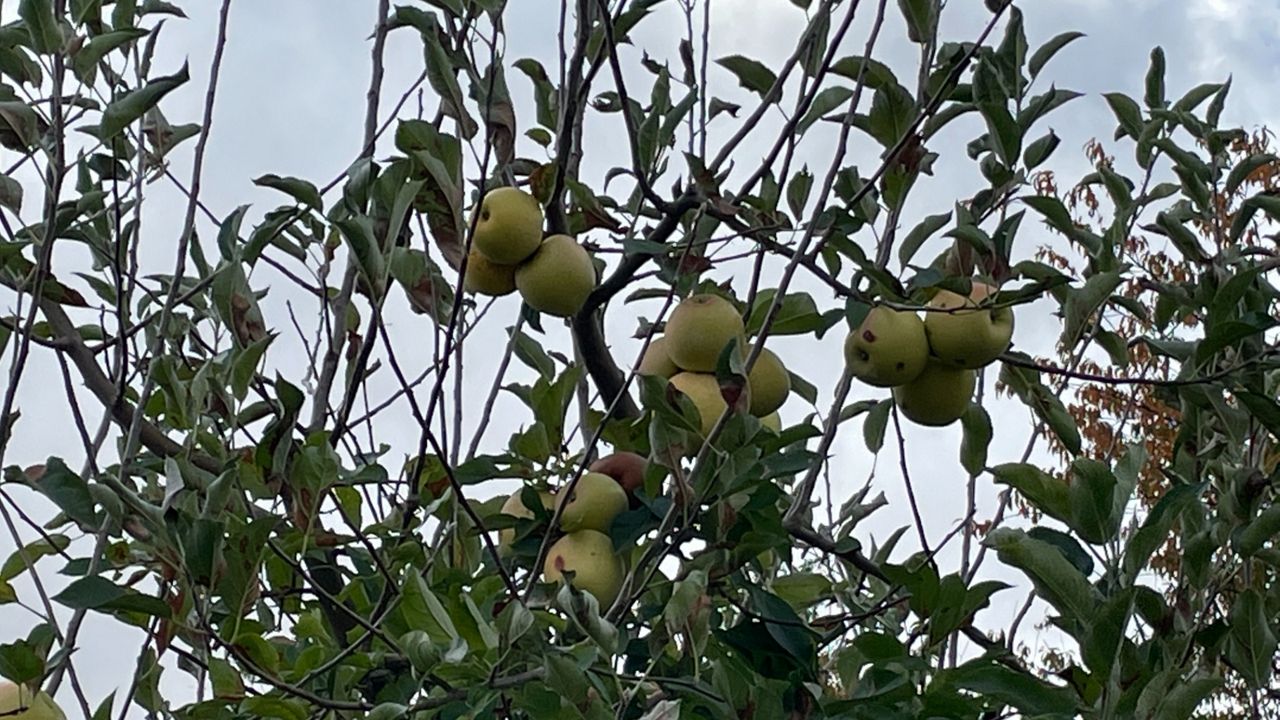
Nine-year-old Joseph, from St. Clair County, seemed to maneuver the apple picker with quite ease. “Let’s just find a good one.” Apparently, the trick is to twist the picker to ease the apple from the tree. When asked what makes a good apple.
Joseph explained, “mostly clean.” He and his mom had several apples in their bags.
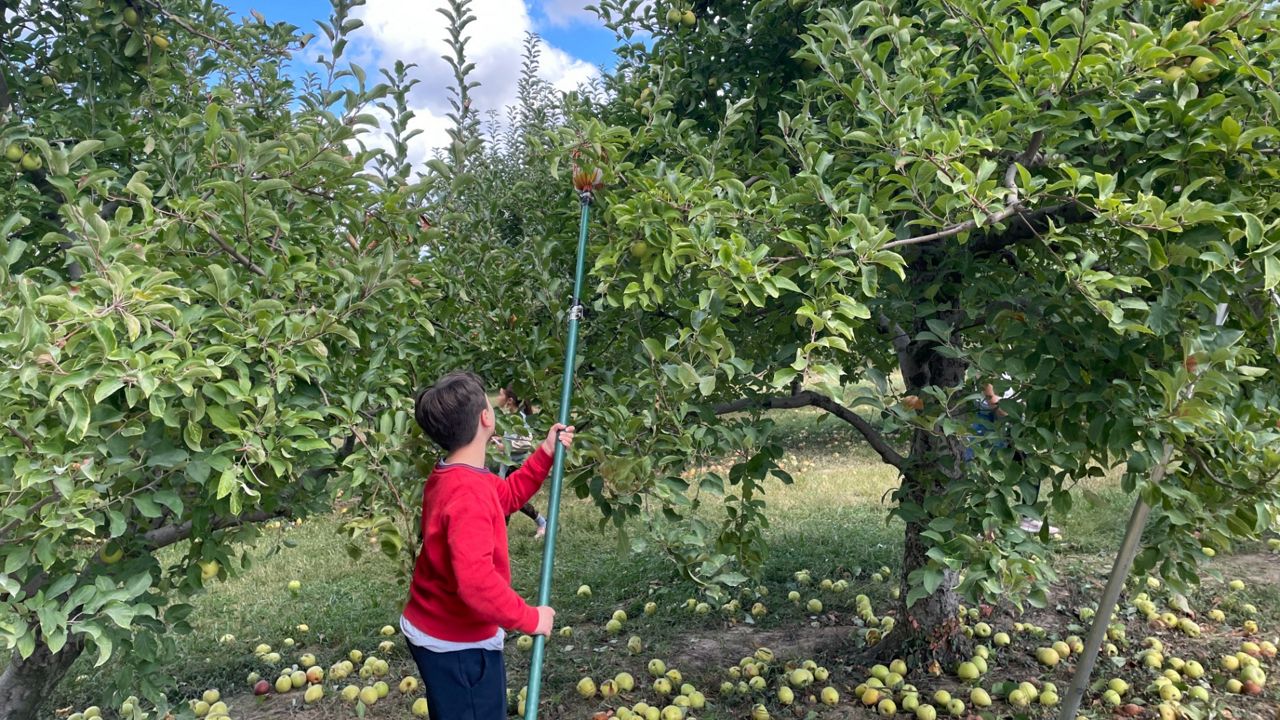
Weather remains partly to blame, the dreaded late season frost. “We had a lighter crop this year than the past several years. Not that it was a bad crop,” Range explains. “This past spring, we had two to three Saturdays in a row that got close to 31 degrees and they were in pre bloom and post bloom when this happened.”
Apple trees can also have “on and off,” years, Range tells me. “Particularly, the golden delicious which you are looking at behind me. The Golden Delicious trees, if they bear real heavy one year, they don’t have enough energy to make buds for the following year. But if they have a light crop, they have an abundance of blooms the following year.”
The two types of weather an apple grower does not want comprises excessive rain and prolonged heat. “The weather has an effect with humid conditions. Excessive rainfall is perfect for fungal growth and fungi and fruit rots. We don’t want that. It makes it harder when you have a lot of precipitation.”
“Excessive hot weather isn’t good on these trees because they require a lot of moisture to keep the cooling effect going on and service the tissue in the fruit. If they can’t move the water fast enough, they got a lot of sunburn.”
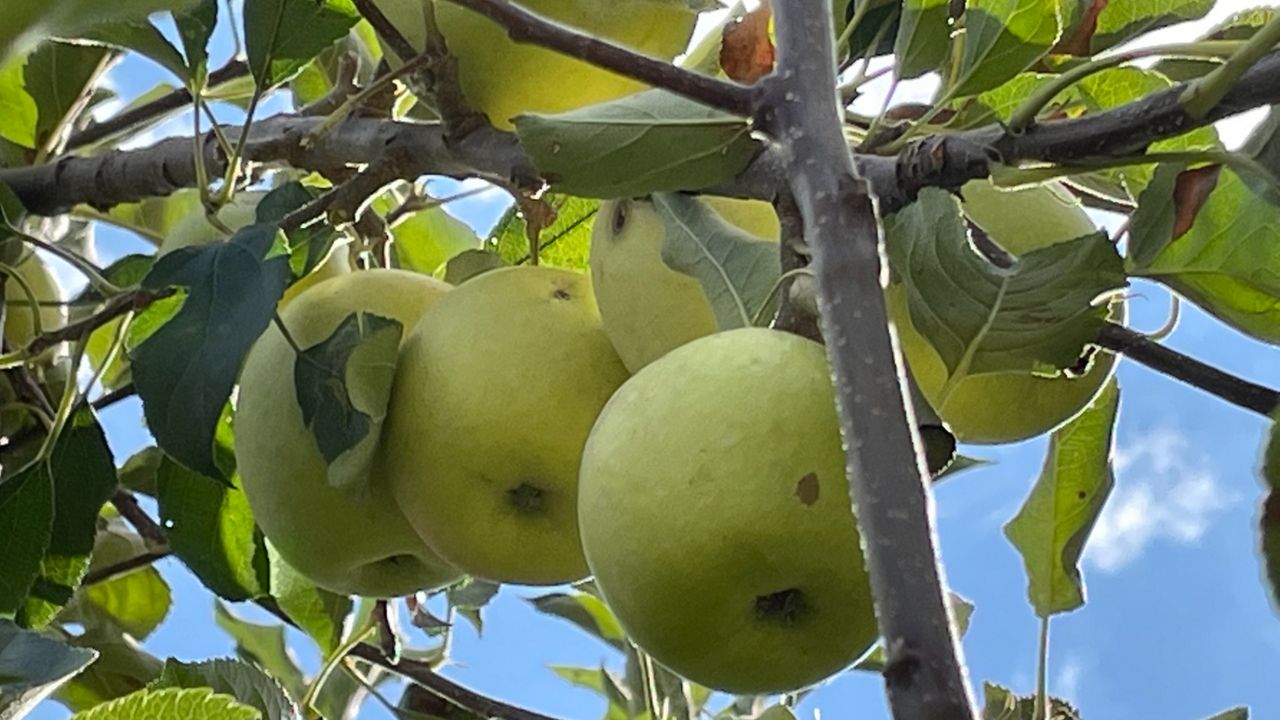
I asked Range about my favorite type of apple, the honey crisp.
He explained, “We raise 40 trees of honey crisp on our farm. Developed in cool weather. Does not like our summers. We don’t grow a whole lot of them. They just do not do well come Mid-August. They start to, well, if they don’t sunburn, they develop pre mature rot.”
The heat in this region over the summer doesn’t look to relent in the short term, so adapting to a changing climate is necessary. He explained the Midwest Apple Improvement Association (a group with members from Illinois, Ohio and Indiana) is working with growers to breed apples that are more adaptable to the climate of this region.
“One of the apples is called ever crisp. Designed to be a more crisp type adaptable to our climate than honey crisp.”
Braeutigam Orchards planted 160 ever crisp apple trees a few years ago. However, they aren’t ready for production. The hope is that they ripen a little later than honey crisp. Other hybrid apples introduced in this region include a crimson crisp and sun crisp.
For baking, Range recommends Jonathan or Granny Smith. That’s what they use at the bakery. But as he says smiling, “I wouldn’t refute any apple pie. Some people can notice subtle taste differences. I think the pie my mom made, whatever apple she used, was the best.”
Our team of meteorologists dives deep into the science of weather and breaks down timely weather data and information. To view more weather and climate stories, check out our weather blogs section.






